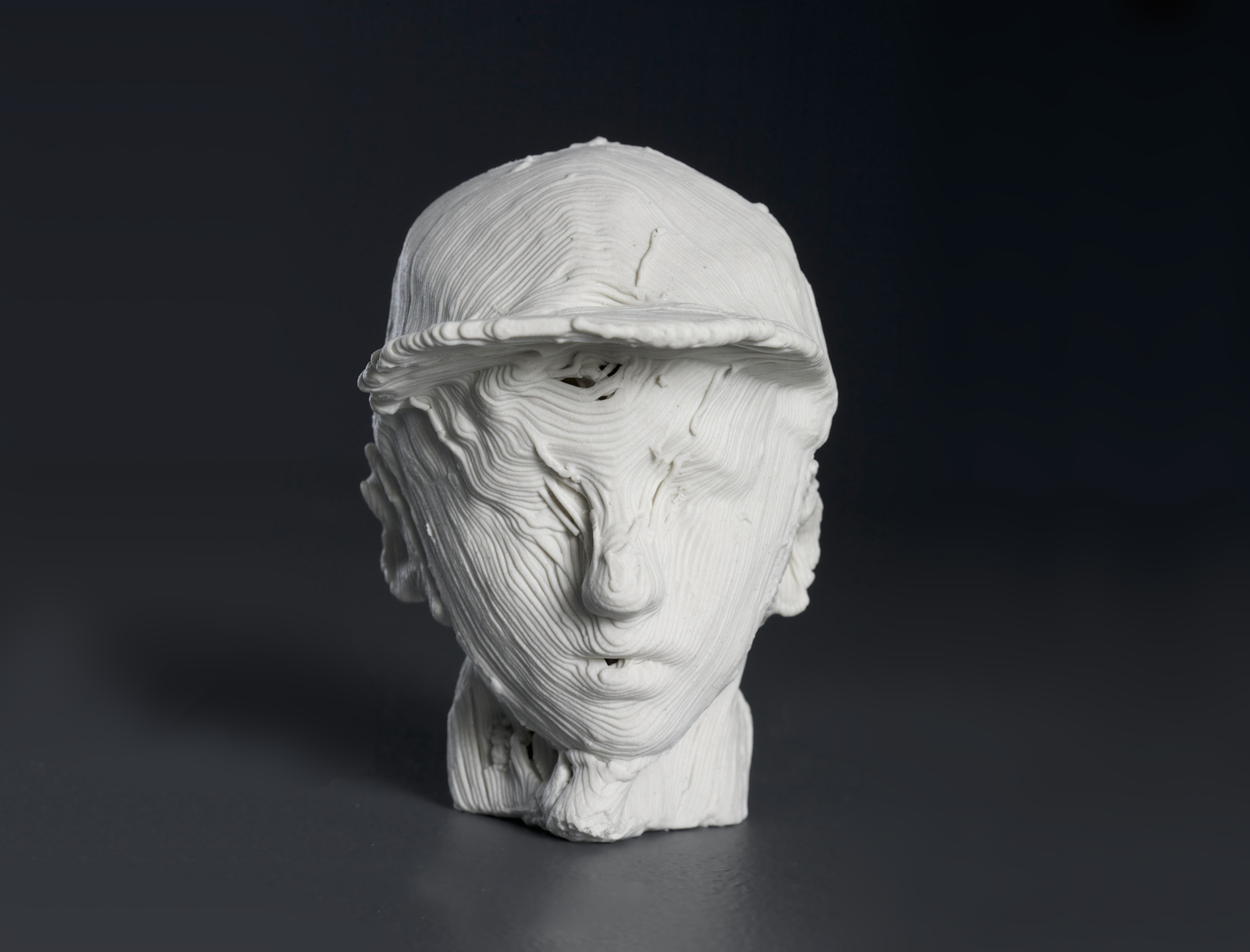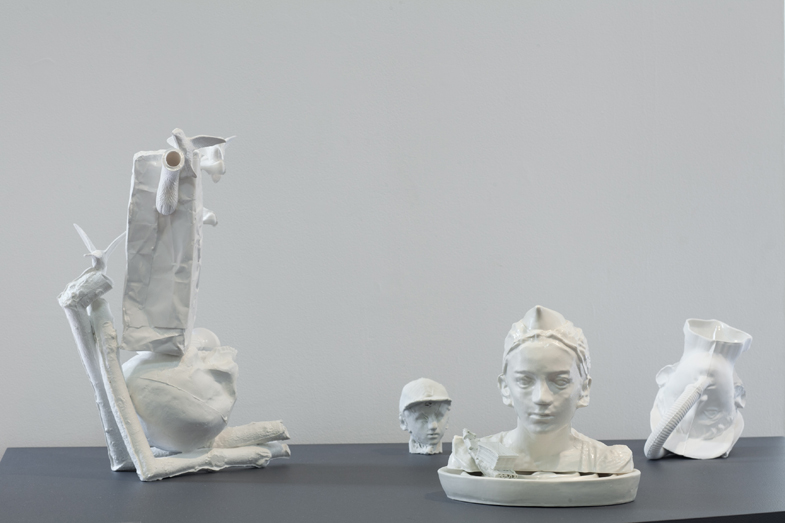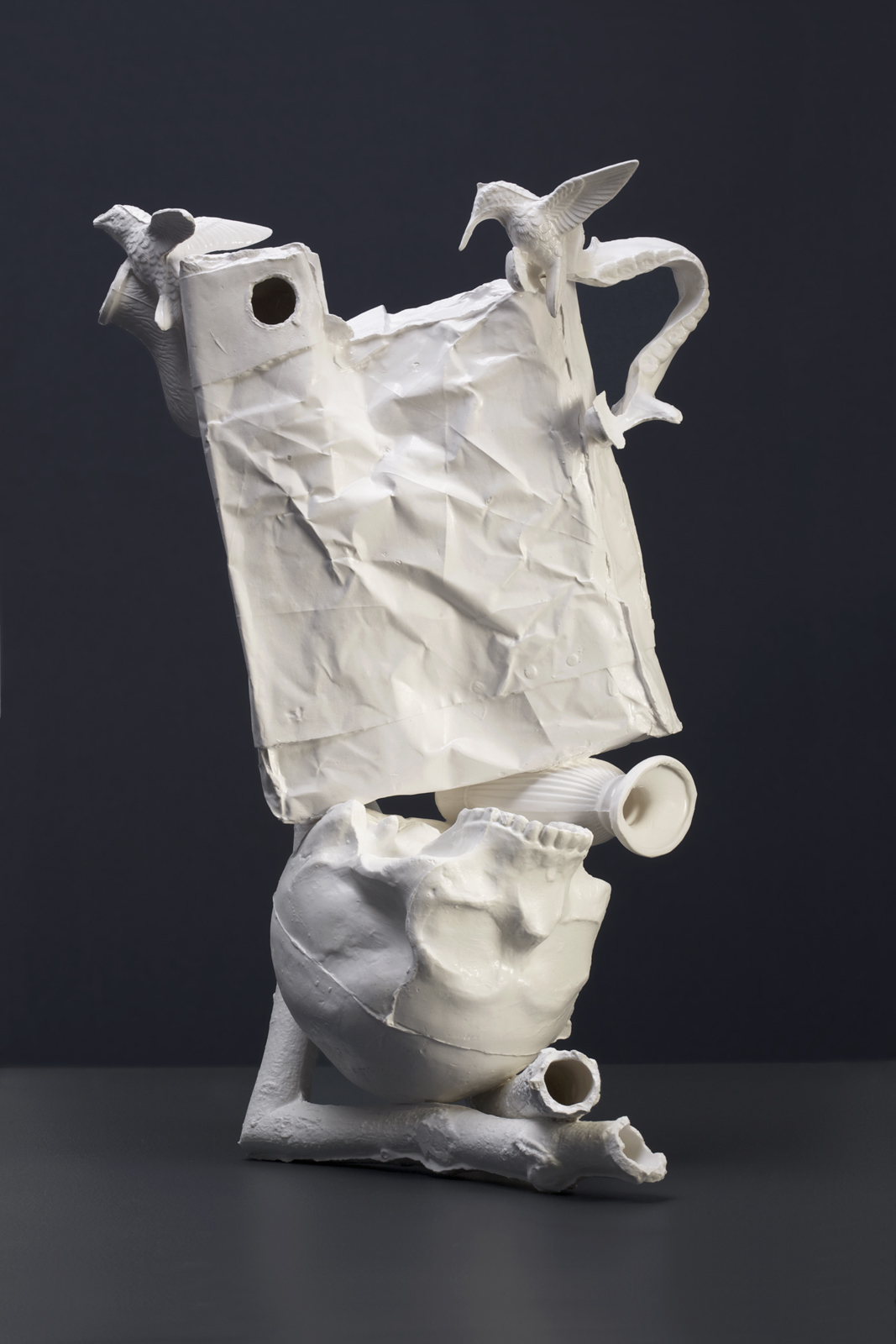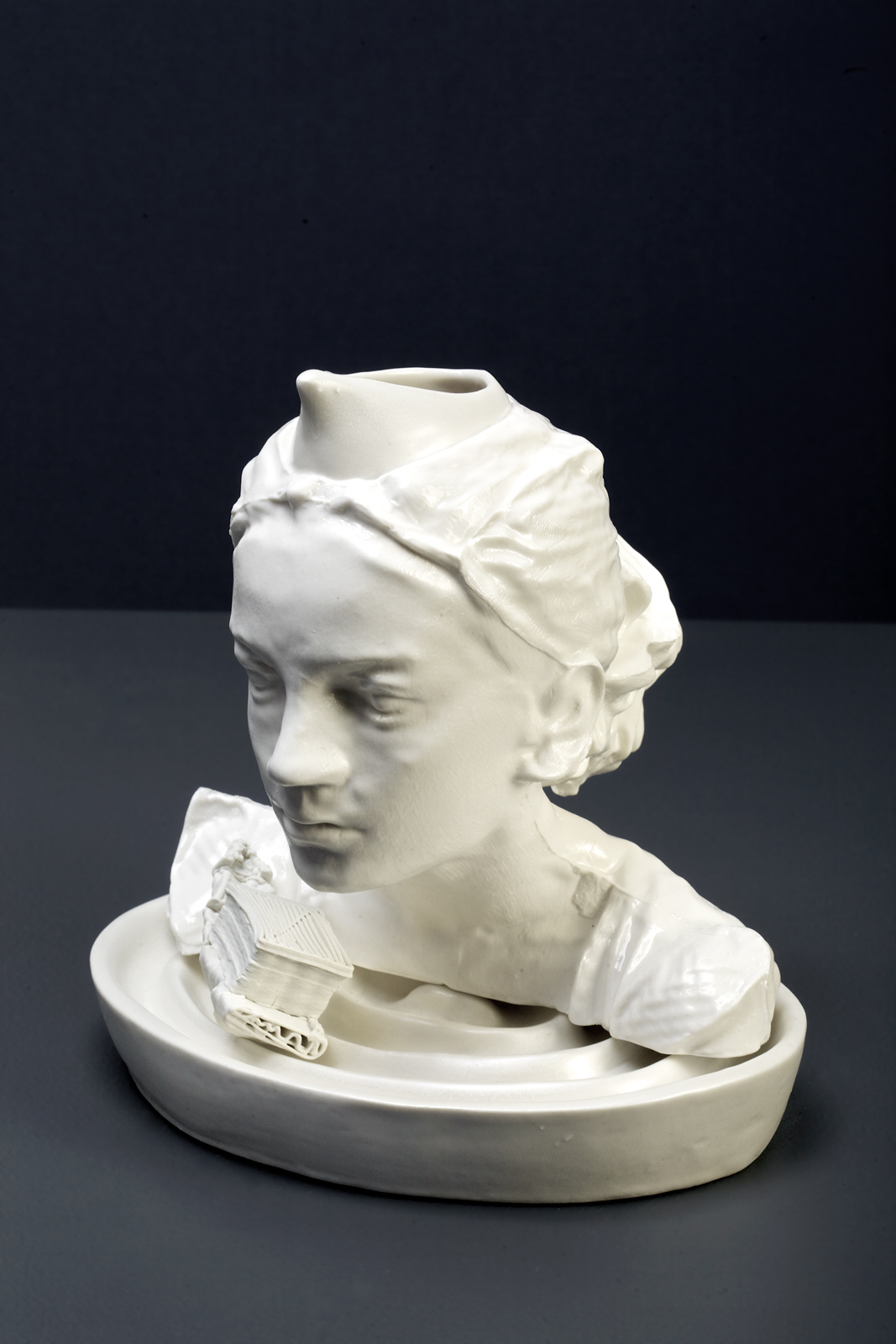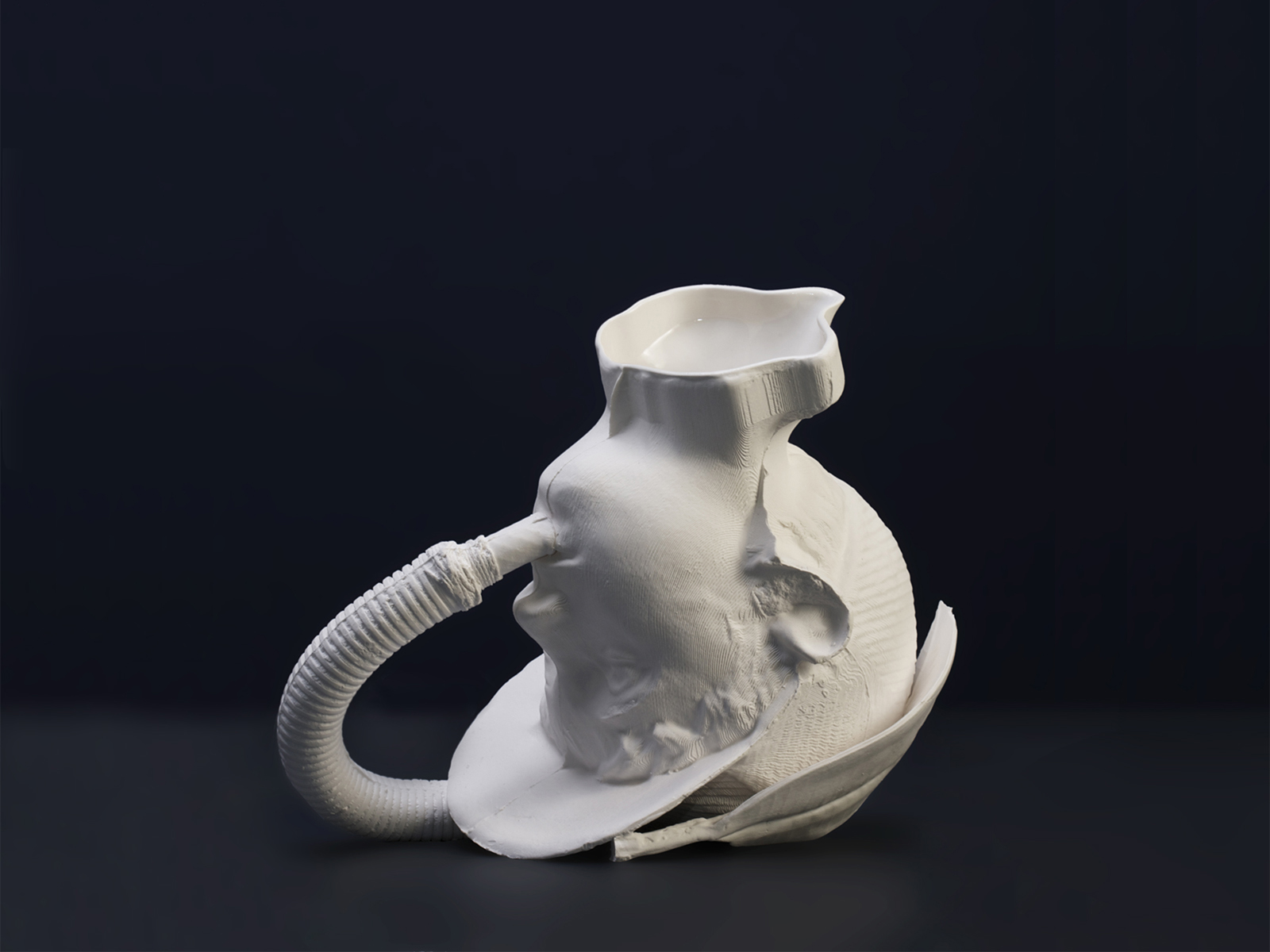Featured work and projects
By admin
On 06, Feb 2012 | In Exhibition Studio projects & research | By admin
hyperclay: contemporary ceramics
HYPERCLAY: Contemporary Ceramics is a National Touring Exhibition surveying the work of 8 Australian artists selected for their experimental approach to the medium. The showcase highlights strategies that extend ceramics practice into new, unexpected territories and reflect re-imagined possibilities for the medium .
http://object.com.au/news-reviews/object-eye/entry/roderick_bamford_hyperclay/
Roderick Bamford’s works for the exhibition represent a range of explorations that bring three dimensional laser scanning and printing technologies to the ceramic process, including experimental works created using an open source CNC 3 axis robot modified to print organic and inorganic pastes. More information about technical aspects of 3d printing and the design of the ‘ceramic paste’ printer can be found on the Hyperclay blog .
http://object.com.au/news-reviews/object-eye/entry/roderick_bamford_on_3d_printing//
The allegorical vessels created for the exhibition express a hybrid process located at intersection of the digital and the handmade, embodying narratives that interpret utility through the lens of ecology, linked to issues of climate change refugees, resource and waste reclamation.
A key theme in the exhibited work is the notion of human as a vessel. This metaphor recalls the historical typology of pottery forms, commonly described in anthropomorphic terms, such as ‘foot’, ‘shoulder’, ‘belly’ or ‘lip’. The vessels link this history with the current ‘age of consumption’, a time characterized by human remoteness form not only ‘wild’ or ‘cultivated’ environments, but also from the materials and processes that provide us with an ever increasing array of ‘stuff’.
Narratives developed in the works bring ideas about over consumption, waste, resource depletion and climate change to the instruments of the table, the place where we consume daily. The jug, as a pouring vessel, reciprocally ‘gives’, and ‘takes’ in the form of a human head, through physical and emotional associations. Sequester is a reference to the practice of carbon sequestration. In the form of a jug, the term ‘Sequestrator’ offers a third perspective, in legal and ethical terms as one who ‘sequesters’, ‘puts away’, or ‘saves’ the detritus or effluent or our own making. Allegorically, the representation of this relationship through the Title ‘The Sequestrator -‘To be’ (playing on the historical Toby Jug also suggests, in it’s ambiguity, an existential symbol for self consumption embedded in sustainability.

